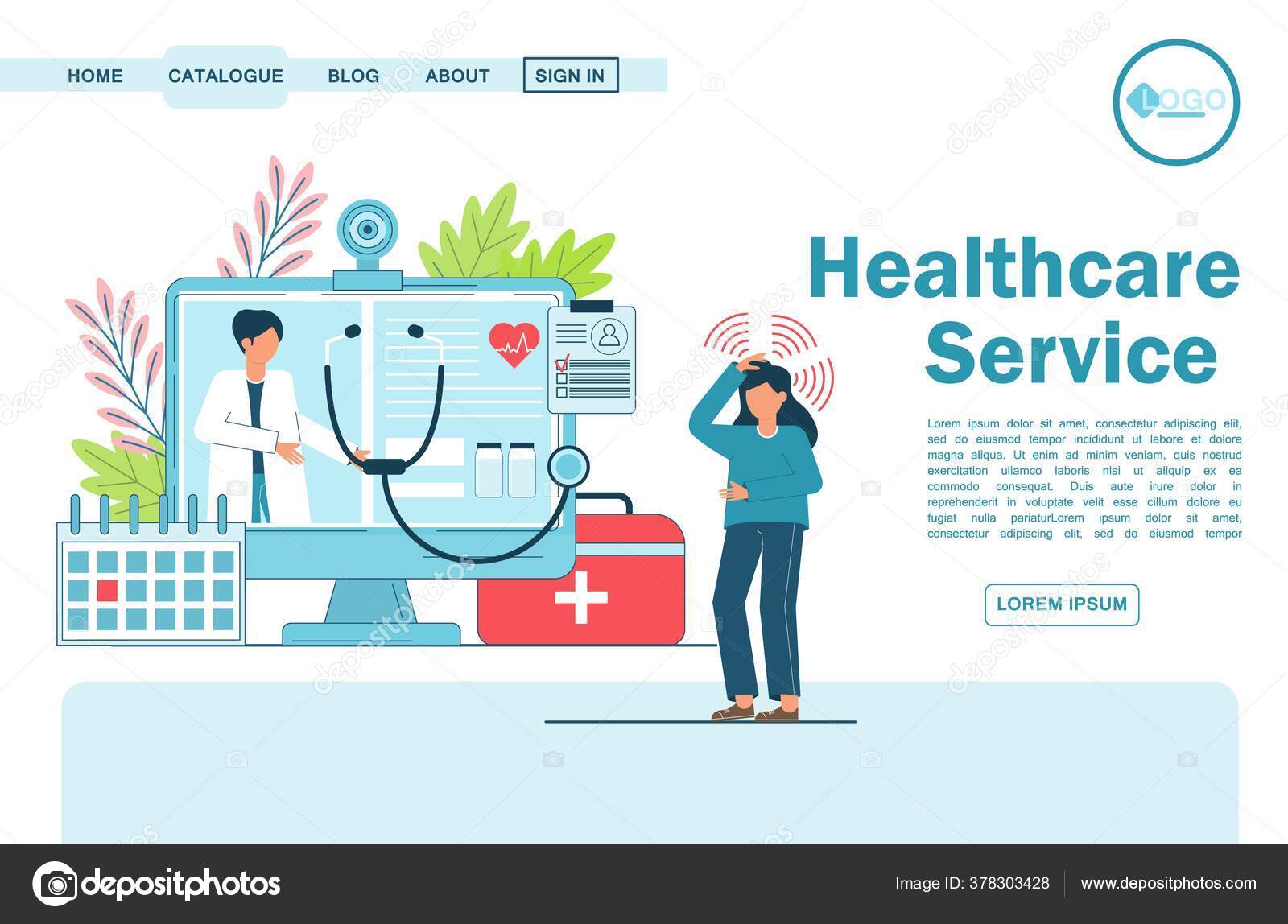Unlocking the Tricks of Subscription Based Healthcare for Better Patient Outcomes
How Subscription-Based Health Care Is Changing the Medical Sector

The Surge of Subscription Health Care
In the last few years, the medical care sector has actually experienced a significant shift in the direction of subscription-based versions, showing wider customer trends favoring comfort and predictability. This change is driven by the raising demand for even more obtainable and customized care remedies. Registration health care, sometimes referred to as concierge medication or straight key care, supplies people a fixed month-to-month charge for a variety of clinical solutions, substantially altering conventional fee-for-service versions.
The surge of subscription health care is helped with by developments in innovation, which make it possible for streamlined interaction in between companies and people - subscription based healthcare. Digital systems and telehealth solutions have actually ended up being essential, supplying people the capacity to arrange visits, access clinical documents, and receive consultations online. This technological integration not only improves client engagement but likewise enables service providers to supply much more effective care
Additionally, the membership design aligns with the advancing assumptions of people that seek more control over their healthcare expenses and experiences. By getting rid of the changability of co-pays and insurance cases, subscription-based health care supplies a straightforward and clear strategy. While this design is gaining traction, its proliferation deals with challenges such as governing difficulties and the need for wider approval within the conventional health care ecosystem. Its expanding visibility marks an essential moment in the evolution of healthcare delivery.
Benefits for Patients and Providers
Subscription-based health care uses a plethora of benefits for both individuals and suppliers, reshaping the characteristics of medical care. For clients, this design provides enhanced accessibility to health care services. With a foreseeable month-to-month charge, clients can delight in unlimited examinations, reduced wait times, and individualized treatment. This arrangement commonly causes a much more aggressive approach to health and wellness monitoring, allowing for prompt interventions that can prevent persistent problems from intensifying. Moreover, the economic transparency of membership designs lowers the changability linked with standard fee-for-service billing, alleviating the worry of unanticipated medical costs.
For medical care suppliers, subscription-based designs promote an even more lasting and satisfying practice. By securing a consistent profits stream, companies can concentrate on delivering top quality treatment without the pressure of volume-based service. This design encourages longer individual consultations, fostering stronger patient-provider connections and improving health results. Furthermore, it offers suppliers the adaptability to introduce and integrate alternative and preventive treatment methods. Administrative tasks are frequently streamlined, minimizing overhanging prices and permitting suppliers to devote even more time to patient communication. On the whole, subscription-based healthcare lines up the rewards of individuals and service providers, promoting a more patient-centered and efficient medical care delivery system.
Trick Features of the Model
Often, the crucial features of the subscription-based medical care design highlight its distinct strategy to providing clinical solutions. Central to this design is the idea of predictable, monthly payments, offering individuals an extensive variety of solutions without the unpredictability of traditional fee-for-service structures. This model frequently consists of unlimited accessibility to health care services, precautionary treatment, and routine exams, making sure that patients can involve with their doctor proactively as opposed to reactively.
Additionally, straight communication networks, such as telemedicine and messaging platforms, are stressed, allowing clients to obtain timely advice and consultations without needing in-person appointments. This enhances accessibility and ease, specifically for individuals with movement restraints or those staying in remote areas. The model also cultivates more powerful doctor-patient connections, as health care service providers are incentivized to focus on long-lasting wellness end results instead browse around this site of short-term sees.
In addition, subscription-based medical care usually incorporates technical innovations, such as digital health documents and health and wellness monitoring applications, to provide personalized and reliable care. Clients gain from collaborated and constant care administration, which is customized to their certain health needs. Eventually, these functions jointly create a patient-centered health care experience, focusing on ease of access, expense openness, and preventative treatment.

Obstacles and Factors To Consider
While the subscription-based healthcare version uses many benefits, it is not without its obstacles and factors to consider. One considerable difficulty is making certain equitable accessibility. Subscription versions might unintentionally favor those with higher socioeconomic standing, potentially expanding variations in health care accessibility for lower-income people that might deal with regular monthly costs. This increases ethical issues about inclusivity and equity in healthcare delivery.
Another difficulty hinges on governing compliance. Subscription-based healthcare must browse an intricate web of regulations that differ by area, consisting of issues around person discretion, information security, and state licensing demands. Guaranteeing compliance without hindering the version's flexibility and advancement can be intimidating for service providers.
Furthermore, there is the threat of overutilization or underutilization of solutions. Patients paying a taken care of cost could overuse solutions, leading to raised operational prices, while others might underutilize because of be afraid of straining the system, possibly overlooking required care.
Future Potential Customers and Innovations
The landscape of subscription-based medical care is poised for change with arising developments and evolving leads. As technology remains to advancement, the combination of fabricated intelligence and artificial intelligence offers substantial chances to enhance diagnostic precision and simplify client administration. Predictive analytics can revolutionize preventative care anchor by identifying prospective health and wellness risks prior to they materialize, thus lowering both costs and the concern on healthcare systems.
Furthermore, telemedicine is established to increase within registration versions, offering patients boosted accessibility to medical care professionals despite geographical restraints. This not only assists in connection of treatment but additionally empowers individuals to involve more actively in their health management. Furthermore, blockchain innovation supplies possible in protecting client information and making certain interoperability across systems, cultivating trust fund and transparency.
Collaborations in between technology firms and healthcare companies are likely to produce ingenious solutions, improving client experiences and outcomes. As these prospects materialize, subscription-based healthcare has the prospective to redefine exactly how care is delivered and accessed.
Conclusion
Subscription-based health care is transforming the clinical sector by using an extra obtainable, predictable, and patient-centered technique to medical solutions. This design enhances patient-provider partnerships, makes sure financial openness, and emphasizes preventive treatment via unrestricted appointments and telemedicine. Despite obstacles such as regulative difficulties and possible disparities in gain access to, the subscription version holds guarantee for a more effective and tailored health care experience. As technology advancements, further advancements are likely to deal with existing difficulties and enhance medical care shipment.
Registration health care, occasionally referred to as concierge see medicine or direct primary care, uses people a set regular monthly charge for a range of clinical solutions, considerably altering standard fee-for-service designs.
Additionally, the registration model lines up with the progressing expectations of patients who look for more control over their health care expenditures and experiences. For clients, this version offers boosted access to health care solutions. Overall, subscription-based health care straightens the incentives of suppliers and clients, promoting a much more effective and patient-centered health care distribution system.
Additionally, telemedicine is established to increase within registration versions, offering patients increased access to healthcare experts regardless of geographical restraints. - subscription based healthcare